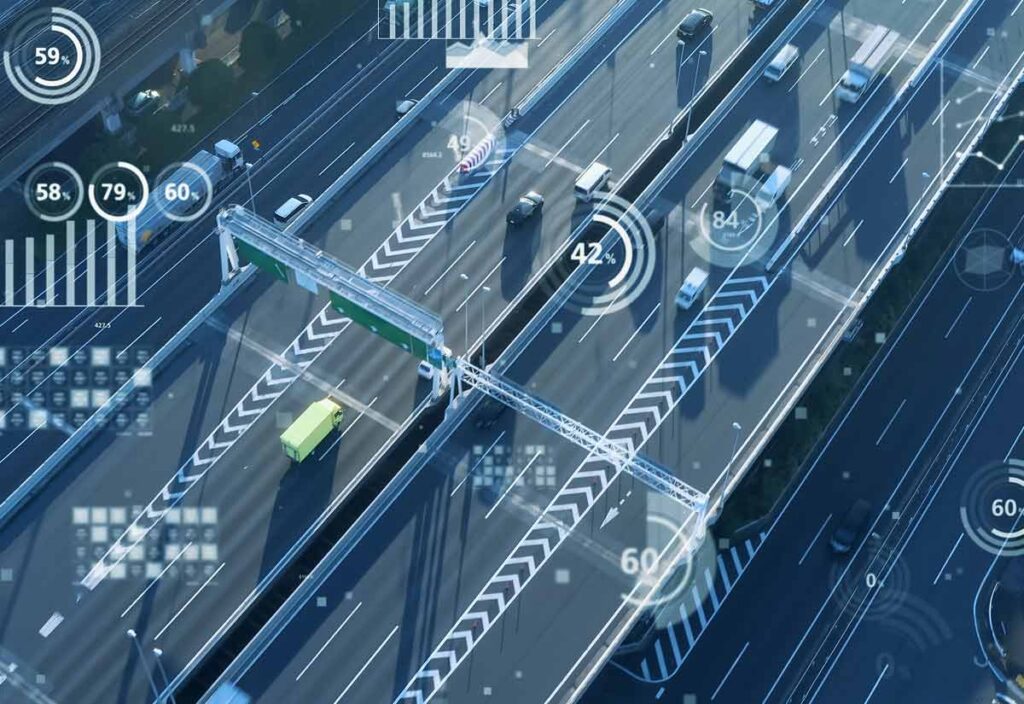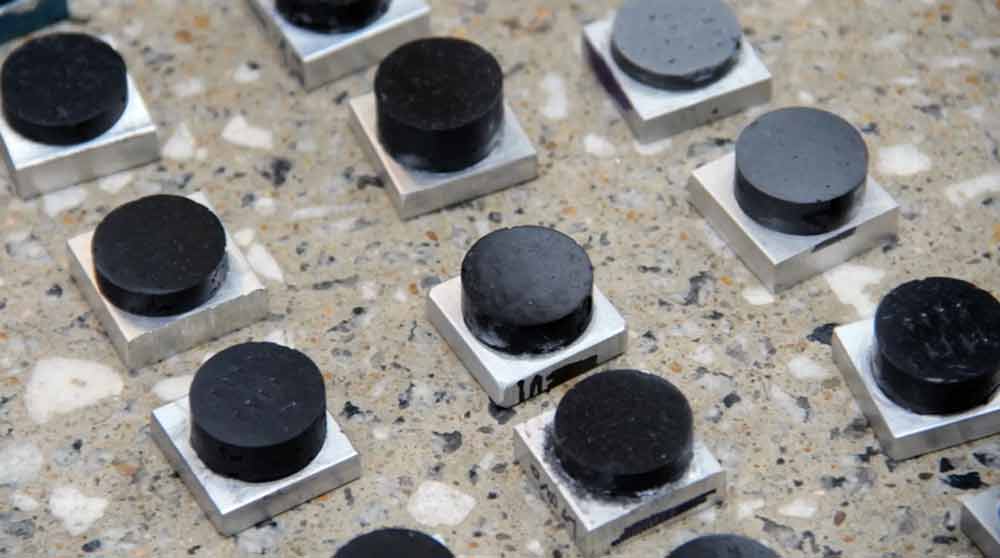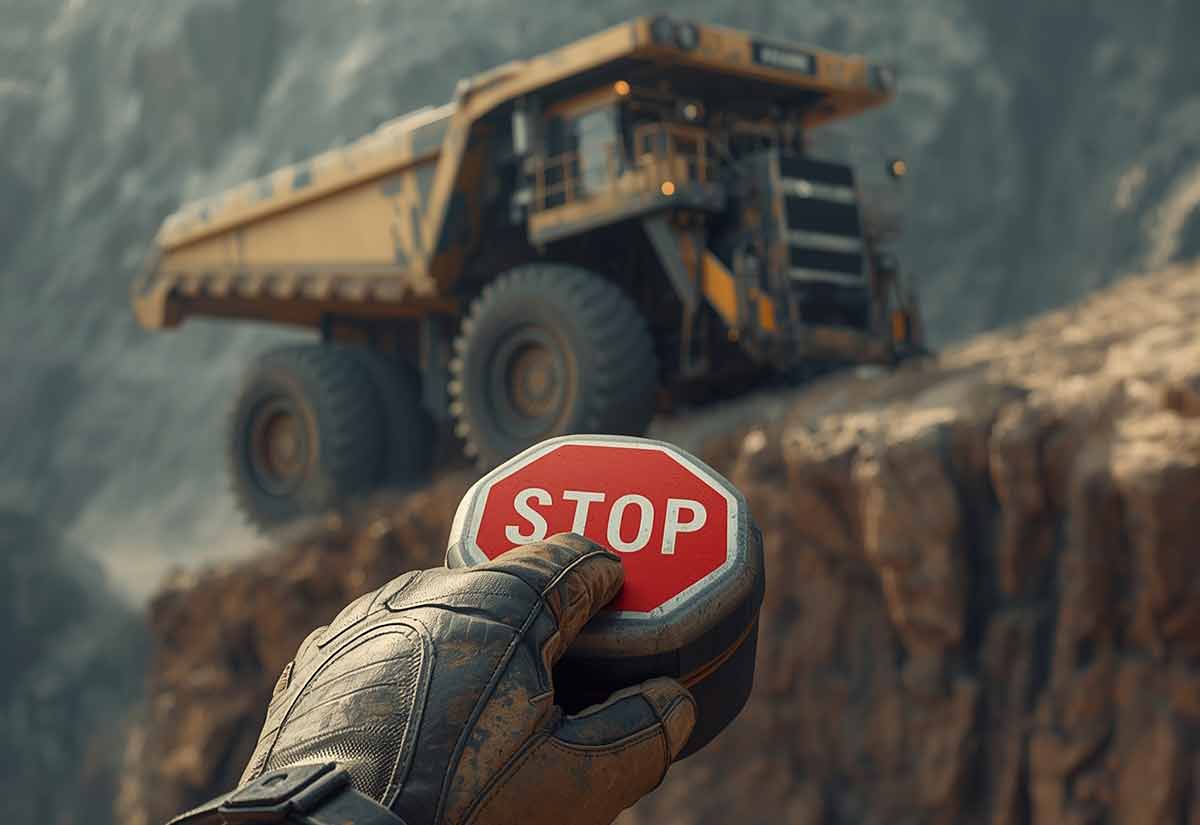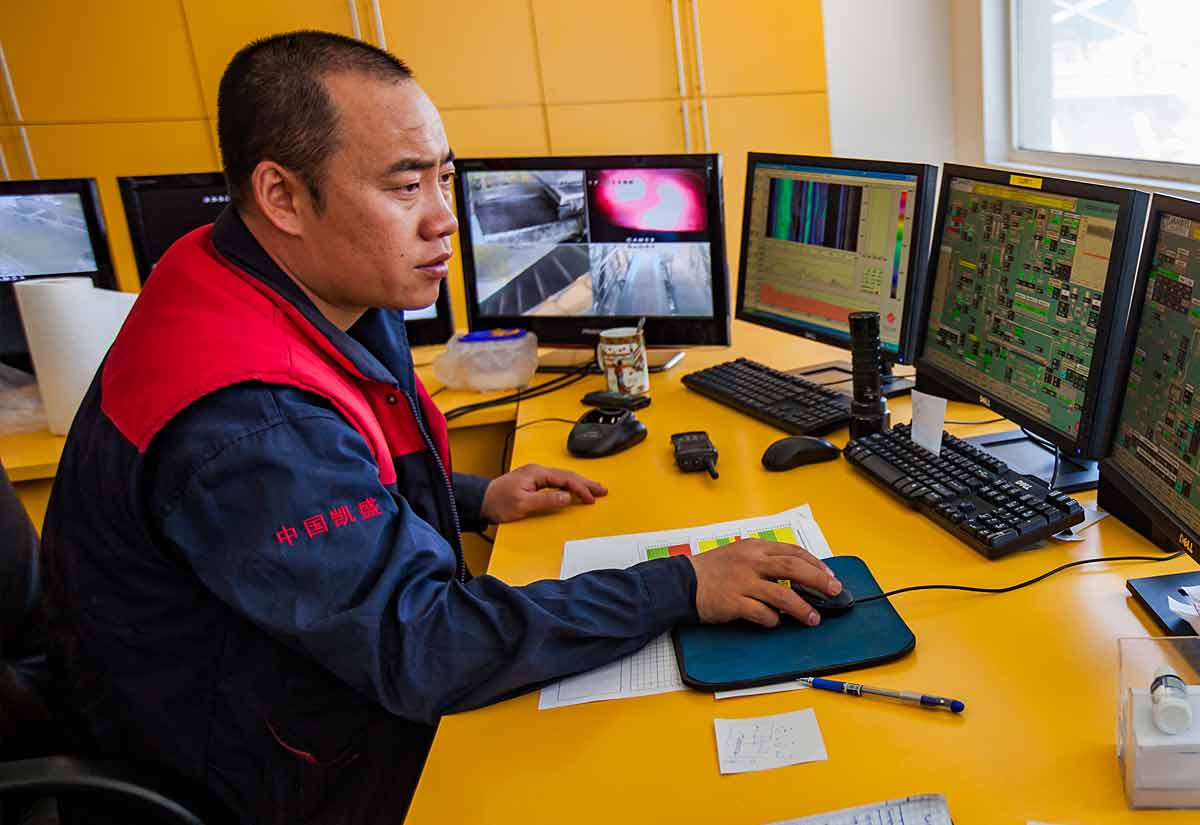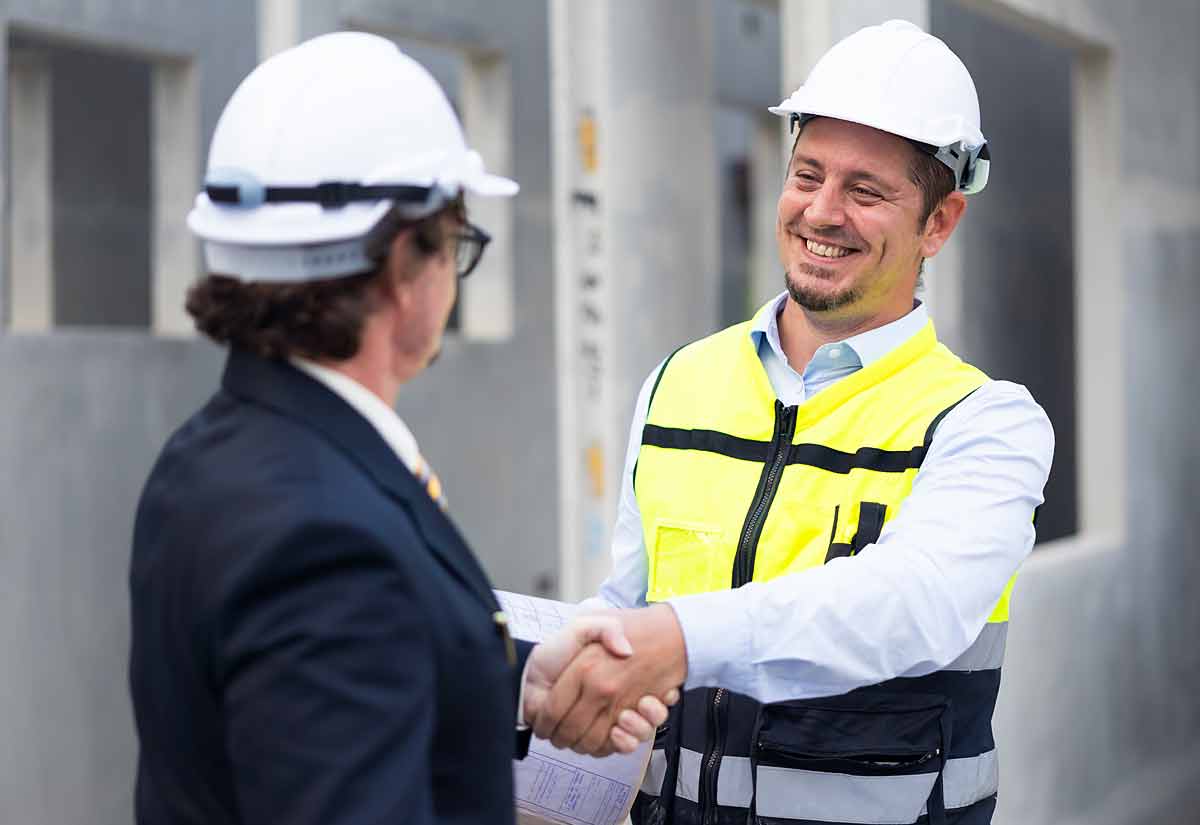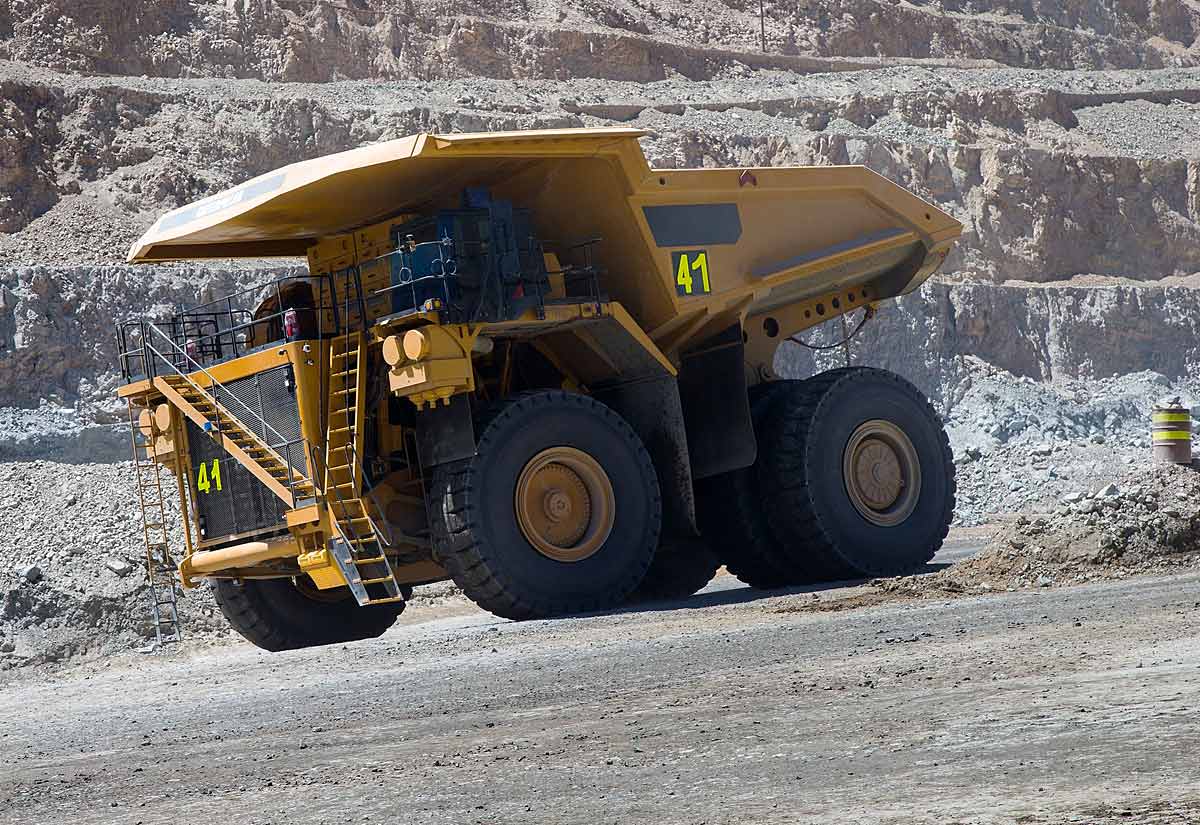Imagine waking up in a world where your daily commute is powered by the very roads beneath your wheels. Your autonomous electric vehicle glides silently over concrete highways and streets that feed it energy, eliminating the need for frequent stops to recharge.
Lounging in the back seat while your car does the driving via centralized GPS traffic control, you’re happy to see on the news that your Tesla stock has gone through the roof since the old dilemma about the high cost of EV replacement batteries and the sparsity of compatible recharging stations for EVs is now resolved.
But the future gets even brighter, thanks to the innovative engineers of the 21st-century concrete industry.
Life in a Self-Sufficient Powerhouse
At home, your living space is more than just a shelter; it’s an energy powerhouse. The foundation of your house, made from groundbreaking capacitor concrete, stores and supplies energy.
Each month, instead of an electric bill, you receive an electric dividend from the power company, a reward for the surplus energy your home has contributed to the grid via solar panels on the roof, supercapacitor energy storage in the concrete foundation, and even the walls and roof of your uber-green sustainable home. The building envelope was constructed entirely with 3D-printed concrete from recycled aggregates from old demolished out-of-date buildings.
If you’re thinking all this might be possible for the grandkids, think again. As it turns out, when it comes to “smart concrete” the future is now.
Holcim and MIT Lead the Charge in High Tech Concrete Construction
The above speculation is not a utopian pipe dream from an optimistic sci-fi novel. Rather, it’s a realistic glimpse into the near future of 2024, a high-tech concrete society where sustainability and innovation harmoniously blend to redefine 21st-century living.
Innovative engineers at MIT have these exciting developments well underway now, as we wrap up Q4 in 2023. And what are the magic, exotic ingredients that make all this high-tech energy independence and sustainability possible? Carbon-black, cement, and water.
Engineers at MIT ran a series of tests to determine the most effective ratios of cement, carbon black, and water. So much for new exotic materials. The team proved the concept by fabricating small supercapacitors, coin-sized, like button-cell batteries. Each “button” supercapacitor can be charged to 1 volt, comparable to a 1-volt battery.
R&D is already in the works to scale up power capacity for practical applications. The MIT engineers connected three of these button-sized cells to demonstrate their ability to light up a 3-volt light-emitting diode (LED). Their next step will be to build a series of larger versions, starting with systems the approximate size of a typical 12-volt car battery, then working up to a 45-cubic-meter version to demonstrate its ability to store a “house-worth” of power.
Speaking of scaling up…
How Nanocarbon-black Doped Concrete Can Change the World
“The [MIT] team calculated that a block of nanocarbon-black-doped concrete that is 45 cubic meters (or yards) in size — equivalent to a cube about 3.5 meters across — would have enough capacity to store about 10 kilowatt-hours of energy, which is considered the average daily electricity usage for a household. Since the concrete would retain its strength, a house with a foundation made of this material could store a day’s worth of energy produced by solar panels or windmills and allow it to be used whenever it’s needed. And, supercapacitors can be charged and discharged much more rapidly than batteries.”- MIT engineers create an energy-storing supercapacitor from ancient materials
Concrete Powerhouses: Transforming Commercial Giants into Energy Hubs
In a society where homes function as energy hubs thanks to capacitor concrete, the scale of energy production and contribution from massive commercial structures like Home Depots or Walmarts could be monumental. Schools, hospitals, hotels, office buildings, and other non-residential structures have far more potential for exploiting the 10kw/ 45 cubic meters of energy storage capacity.
Large commercial buildings, with their extensive surface areas and structural volumes, could harness and store significant amounts of energy, far exceeding the needs of the building itself. They can become the foundation of the Smart Grid that’s been in the works since 2008 when the risks of running an overloaded, obsolete power grid in the demanding energy environment of the 21st century were formally addressed by the US Department of Energy.
Consider the following characteristics and the potential for revolutionizing infrastructure and energy distribution as we know it in 2023.
- Surface Area and Volume: Larger buildings have more surface area and volume, which would allow for greater energy storage capacity in their supercapacitor concrete structures.
- Energy Contribution: Such buildings could potentially generate substantial surplus energy, contributing significantly to the local or even regional power grid. With such distributed power supply redundancy, brownouts and shutdowns such as those experienced in uber-green California would be an anachronism of old 20th-century engineering lore.
- Self-Sufficiency: With high-tech concrete, these buildings can achieve near or complete energy self-sufficiency, drastically reducing their reliance on traditional power grids. Once the technology becomes the building code standard for construction the entire concept of a centralized “grid” may itself be obsolete, as each building becomes its own independent power source.
- Sustainability Impact: The environmental impact would be profound, with significant reductions in carbon emissions and fossil fuel dependence.
Rethinking Power Grids and Networks
“Our electric infrastructure is aging and it is being pushed to do more than it was originally designed to do. Modernizing the grid to make it “smarter” and more resilient through the use of cutting-edge technologies, equipment, and controls that communicate and work together to deliver electricity more reliably and efficiently can greatly reduce the frequency and duration of power outages, reduce storm impacts, and restore service faster when outages occur.”– Grid Modernization and the Smart Grid- Office of Electricity, US Dept. of Energy
As high-tech concrete becomes standard in construction, traditional power grids and networks could undergo a radical transformation:
- Decentralized Energy Production: Buildings as power producers could lead to a more decentralized energy production model, reducing the strain on centralized power grids.
- Stability and Reliability: With multiple buildings contributing to the grid, the energy supply could become more stable and reliable, particularly beneficial for regions prone to power outages. We’re likely to see the technology first deployed in remote rural locations where power distribution and access is a challenge.
- Grid Modernization: The power grid might evolve to accommodate and efficiently distribute the energy produced by these buildings, incorporating smart grid technologies for better management and distribution.
Holcim Bridges the Concrete Sustainability Gap with Phoenix
Holcim has launched Phoenix, a first-of-its-kind 3D-printed concrete masonry bridge built with 10 tons of recycled materials, at its Innovation Hub in Europe.- Aggregates Business
Concrete is the #2 most consumed material in the world, with only water used more by human society at the #1 position. The problem is that concrete has a notorious carbon footprint when all facets of its production from raw materials to finished buildings or highways are factored in.
As a result, the concrete sector of heavy industry finds itself under constant criticism from the greenster elites of the world, from such dubious sources as the Guardian and other Chicken Little-ish fear-mongers of the MSM. These carbon-phobic foot printers are always quick to point the finger at problems with concrete, steel, and ammonia but rarely offer alternative solutions as they go about their rabble-rousing in steel cars on concrete highways with glass cleaned by Windex with ammonia.
For real-world solutions we rely on the innovators of the aggregate industry itself, in this case, the ECOcycle program and Phoenix, the second phase of R&D for 3D printed concrete developed by industry leader Holcim.
Using its proprietary ECOCycle circular construction technology, Holcim has developed a custom concrete ink for Phoenix with recycled materials inside. Phoenix demonstrates how the circular construction concept and 3D concrete printing can be deployed for low-carbon infrastructure applications.
What is Circular Construction?
Circular construction, as conceptualized and implemented by sustainability-leading companies like Holcim, refers to a sustainable building practice that emphasizes the entire lifecycle of building materials. This approach deviates from traditional linear construction methods (where materials are used once and then discarded) and focuses instead on minimizing waste and extending the life cycle of materials through various strategies.
Key components of circular construction include the Four Rs:
- Reduce: Using fewer resources and materials in construction to minimize waste.
- Reuse: Implementing design strategies that allow for ongoing utilization of materials, either in their current form or in new constructions.
- Recycle: Processing used materials into new products, thereby keeping them within the economic cycle and reducing the need for new raw materials.
- Rethink and Repair: Encouraging innovative approaches to design and construction that make buildings and materials more adaptable and longer-lasting.
In the case of Holcim, their approach to circular construction is evident in cutting-edge projects like the Phoenix Bridge. That’s where the Holcim team used recycled materials and innovative designs to demonstrate sustainable building practices. This approach conserves resources while significantly reducing the environmental impact of construction activities.
Circular construction, using computational design and 3D printing, allows for a reduction of up to 50% of the raw materials used with no compromise in performance. Circular by design, the Phoenix bridge stands solely through arch compression without reinforcement, (no steel rebar required) with 3D-printed blocks that can be easily disassembled and recycled.
Holcim and its partners are now exploring how the Phoenix techniques could be scaled up to provide more cutting-edge sustainable infrastructure solutions.
About Resource Erectors
At Resource Erectors, we recruit and place the cutting-edge professionals that heavy industry companies seek to thrive in 2024 and beyond. We specialize in heavy industry sectors including concrete, aggregates, mining, bulk materials, mineral processing, and more. We have lucrative career-enhancing opportunities for industry professionals with leading companies who have their eyes on the future. When you’re ready to build your team of the future today you’re ready for Resource Erectors so contact CEO Dan today and we can all get to work in the industries that keep our world up and running.
